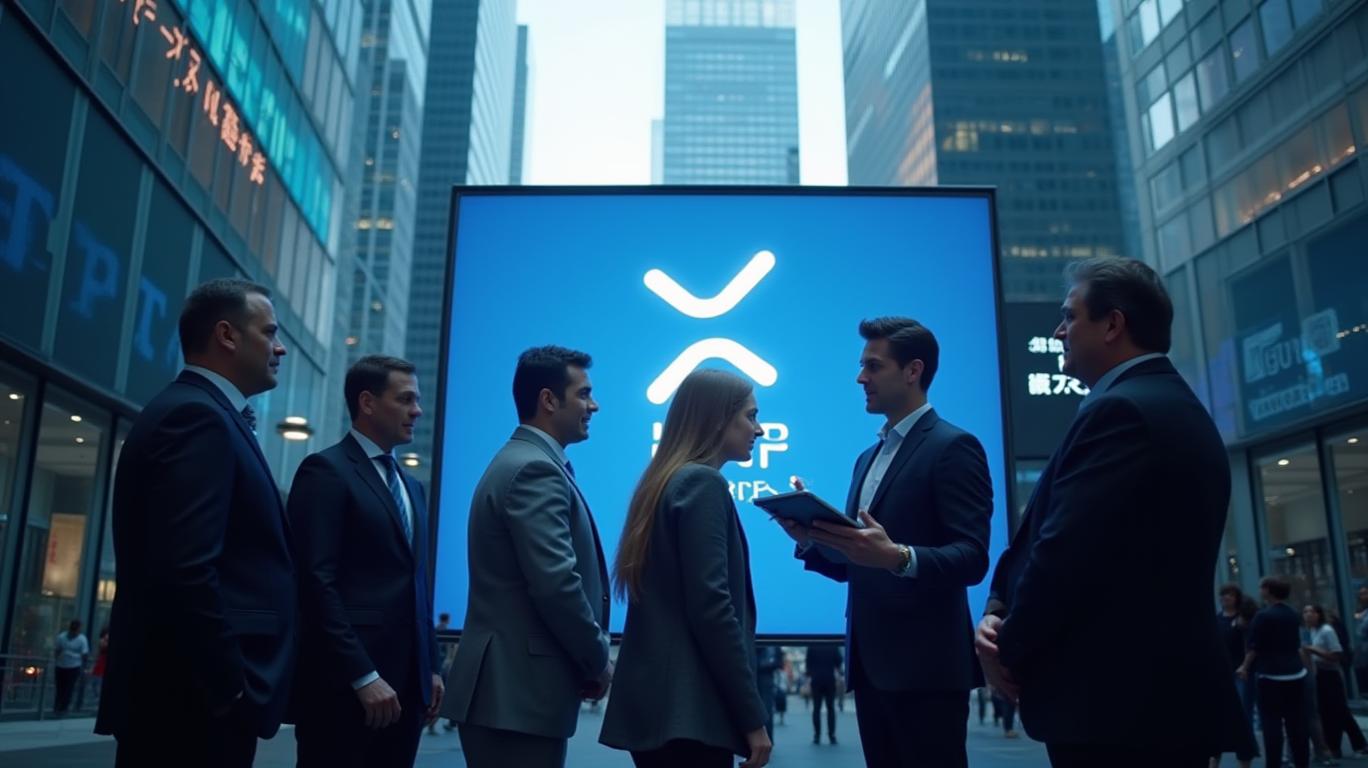XRP news today: Ripple to Bridge Banks and Blockchain with XRP Ledger Integration
Ripple President Monica Long recently made a significant announcement regarding Ripple's plans to facilitate the integration of blockchain technology into traditional banking systems. In a post shared by prominent crypto influencer JackTheRippler, Long revealed that Ripple will provide the necessary intermediary layer to enable banks to connect and utilize the XRP Ledger.
During an interview with CNBC, Long addressed the challenges of integrating blockchain technology into existing banking systems. She emphasized that it is not feasible for banks to directly plug into the blockchain, stating, "It’s not realistic that the existing systems like banks are going to plug directly into the blockchain. They do need some connective tissue. That’s what we provide."
Ripple's role, as outlined by Long, is to act as this connective tissue, providing the infrastructure services necessary for
to access and utilize blockchain technology. These services include on-ramps to convert fiat currencies into digital assets and off-ramps to convert them back. Additionally, Ripple aims to offer secure custody solutions, stablecoins, and tokenization services to assist institutions in bringing traditional assets onto the blockchain.Long also highlighted Ripple's historic connection to the XRP Ledger, reminding viewers that Ripple's origin is rooted in the development of the XRP Ledger by three developers. She emphasized Ripple's belief in creating use cases that leverage the unique efficiencies of the XRP Ledger, stating that the range of services Ripple is currently focused on building will primarily operate through the XRP Ledger.
This announcement is significant for the broader crypto and banking industries, as the XRP Ledger, originally designed to facilitate fast and cost-effective transactions, is positioned to become a key platform for institutional blockchain adoption. By serving as the connective infrastructure, Ripple aims to bridge the traditional financial system and decentralized technology, facilitating a smoother transition without requiring banks to overhaul their existing systems.
Ripple's strategy, as detailed by Monica Long, underscores a strong commitment to enabling financial institutions to benefit from blockchain’s efficiencies. The provision of critical services like fiat on-ramps, custody solutions, stablecoin support, and asset tokenization layers will ensure that banks can interact with the XRP Ledger seamlessly. As this strategy unfolds, it would enhance institutional trust and participation in the blockchain ecosystem, with Ripple at the center of this evolution.


Comments
No comments yet